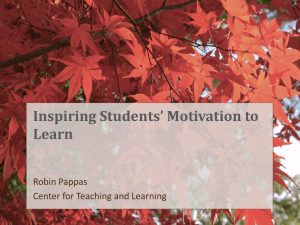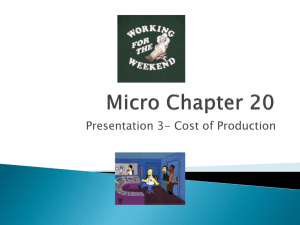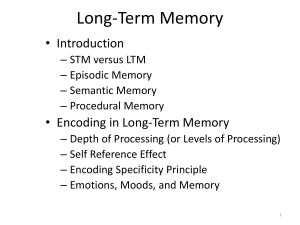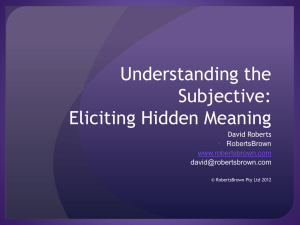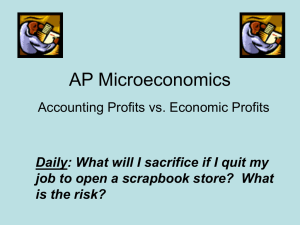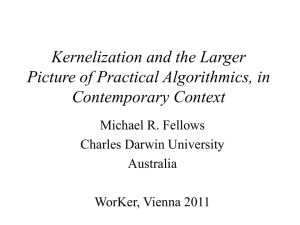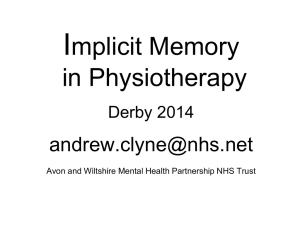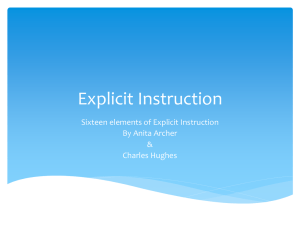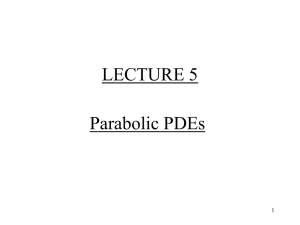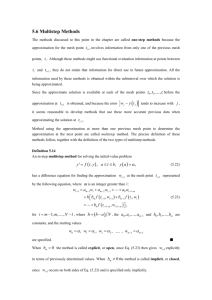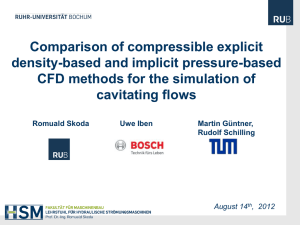Slides as Powerpoint
advertisement
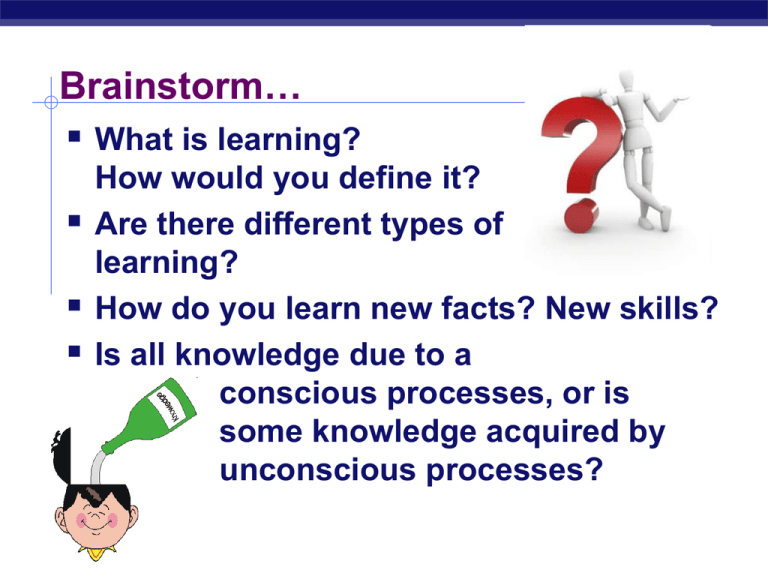
Brainstorm… What is learning? How would you define it? Are there different types of learning? How do you learn new facts? New skills? Is all knowledge due to a conscious processes, or is some knowledge acquired by unconscious processes? Explicit vs. implicit learning chart http://psiexp.ss.uci.edu/research/teachingP140C/Lectures2009/2009_memory_partI.ppt Implicit Learning Passive process People acquire knowledge of new information through exposure. Evolve outside of awareness, and cannot be consciously recalled, but causes changes in behavior. “Muscle Memory” Discuss: What have you learned using Implicit Learning? Implicit Learning H.M. and Implicit Learning H.M. is a famous patient who had part of his brain removed and was no longer able to form new memories. When performing tasks, such as mirror tracing, he was able to improve over time. This result shows that he was capable of some types of implicit learning or “motor memory” Explicit Learning Active process People seek out the structure of any information that is presented to them. “Declarative Memory” -- one can talk about the details of explicit memories and discuss them as fact “Explicit learning is a more conscious operation where the individual makes and tests hypotheses in a search for structure” (Nick C. Ellis) Discuss: What have you learned using Explicit Learning? Implicit v. Explicit Learning http://www.ncbi.nlm.nih.gov/bookshelf/br.fcgi?book=frcogimp&part=ch12&rendertype=figure&id=ch12.f7 Explicit & Implicit Memory Tests Look at the following words. This will test your memory for these words in various ways. SPONGE CANDY DOLPHIN PACKAGE POSTER LICORICE ZEBRA SECTION CAMOFLAGE MISTAKE PORTAL KNAPSACK COFFEE QUAIL ALPINE HANDLE PANTRY CARPET EAGER CELLO PRESSURE LLAMA ORIOLE ACRID Memory Test Explicit test of memory: recall Write down the words you remember from the list in the earlier slide Implicit test of memory: word fragment completion On the next slide, you will see some words missing letters, some “word fragments” and some anagrams. Guess what each word might be. EGNOPS *AN*Y PACKAGE P*S*E* *OL*H** LICORICE *E*RA SE*T*O* C**O*LA*E *I*TA*E PORTAL KNAPSACK COFFEE *U*IL AEILNP *AN*LE *A*T*Y ACEPRT *A*E* C*L** *RE*S**E AALLM EILOOR *C*ID Implicit Memory Tasks Word-fragment completion is an implicit memory task. Fragments are (often) completed with words previously studied in the absence of an explicit instruction to remember the word Amnesiacs often showed spared implicit memory dissociation suggest different systems for implicit and explicit memory systems Implicit vs. Explicit Memory Graf, Squire, & Mandler (1984): cheese, house, … Study words: Explicit memory test: cued recall. Complete fragment to a word from study list: ch _ _ _ _ Implicit memory test: word stem completion. Complete fragment to form any word: ch _ _ _ _ Bean Bag Toss Experiment Objective To investigate and quantify different types of learning (implicit and explicit) in the context of a bean-bag toss game using Fresnel prism goggles. Hypotheses ??? Post “Bean Bag Toss” Debriefing: Which trial used implicit learning? Why? Which trial used explicit learning? Why? Which type of learning is easier? Why? Can explicit and implicit learning be separated or are they interdependent with one being more prevalent that the other depending of the learning context? Does explicit learning lead to implicit knowledge? Debrief Learning is a relatively permanent change in behavior that marks an increase in knowledge, skills, or understanding thanks to recorded memories. Human memory is fundamentally associative. It is easier to remember new information if it is associated with previously acquired knowledge that is already firmly anchored in memory. The more meaningful the association, the more effectively it will help remember. Extension: Tower of Hanoi The objective of the puzzle is to move the entire stack to another rod, obeying the following rules: Only one disk may be moved at a time. Each move consists of taking the upper disk from one of the rods and sliding it onto another rod, on top of the other disks that may already be present on that rod. No disk may be placed on top of a smaller disk. http://en.wikipedia.org/wiki/File:Tower_of_Hanoi_4.gif Tower of Hanoi Experiment What type(s) of learning is used to perform this type of task? Will your performance increase as you play the game over the course of several days? Design an experiment to test your hypothesis.

